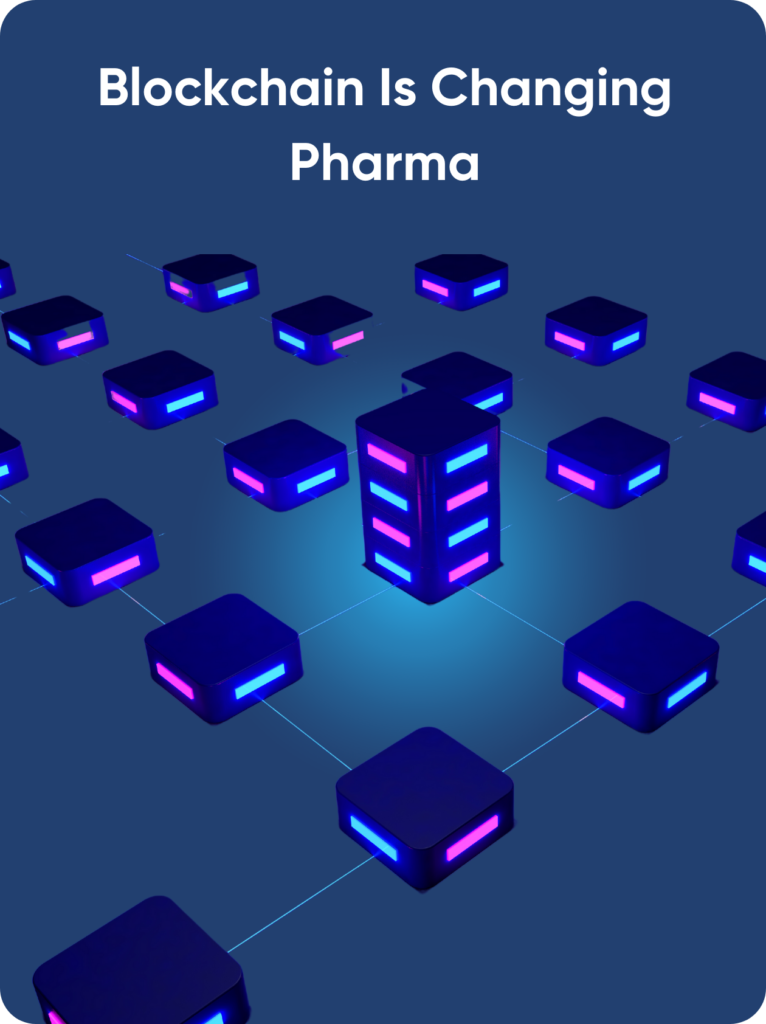
03/07/2023
Pharmaceuticals
What is the brain-computer interface?
Neuralink’s Implant Process
Neuralink’s technology offers a glimpse into the potential of brain-computer interfaces. Surgical implantation involves precise procedures, delicately placing minuscule electrodes beneath the skull. The robotic surgeon facilitates the insertion of microscopic threads into the brain. These ultra-thin threads establish seamless communication between the brain and external devices. The Link accommodates the software and battery, granting convenience and ease of use. Neuralink’s vision extends beyond aiding paraplegics. It hints at a future where elective brain augmentation becomes a reality. Exciting possibilities such as telepathy and enhanced communication emerge. However, concerns surrounding security and ethical implications warrant careful consideration.
Neuralink’s Potential Capabilities
Limitations and Ethical Concerns








